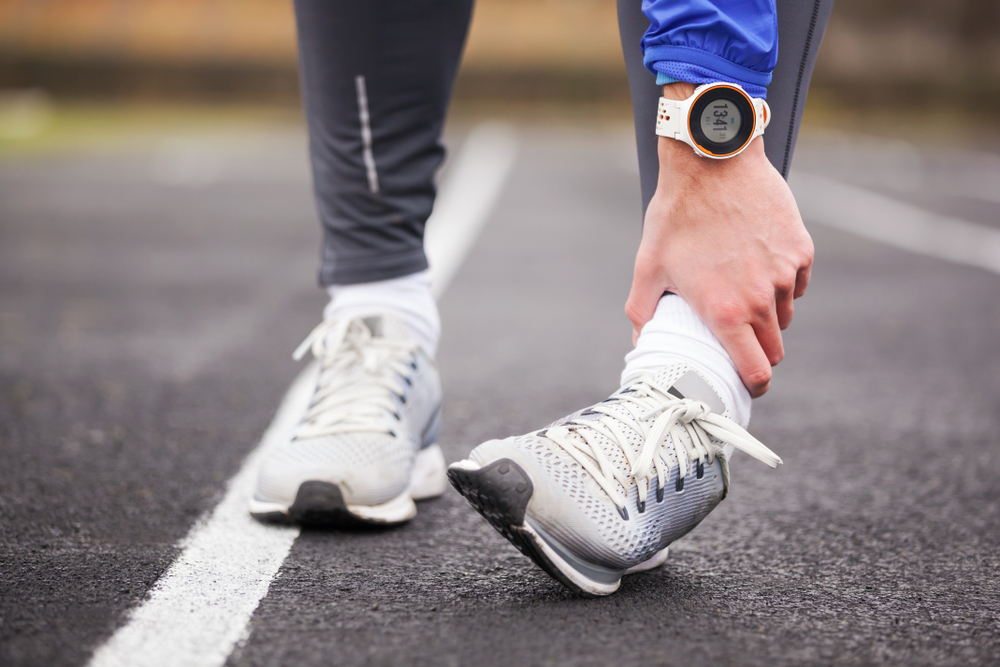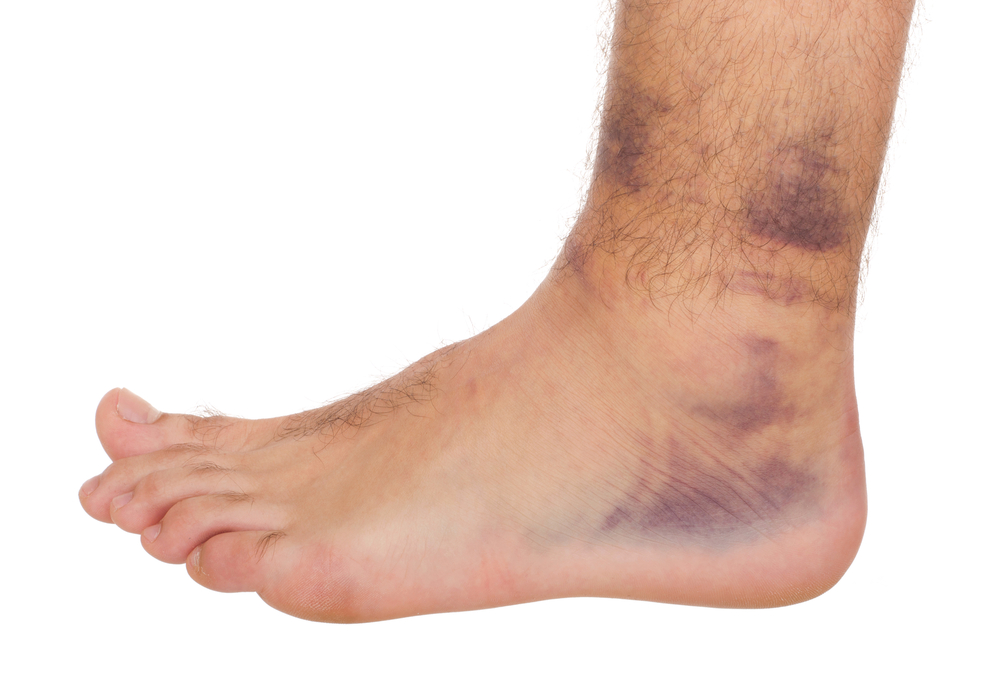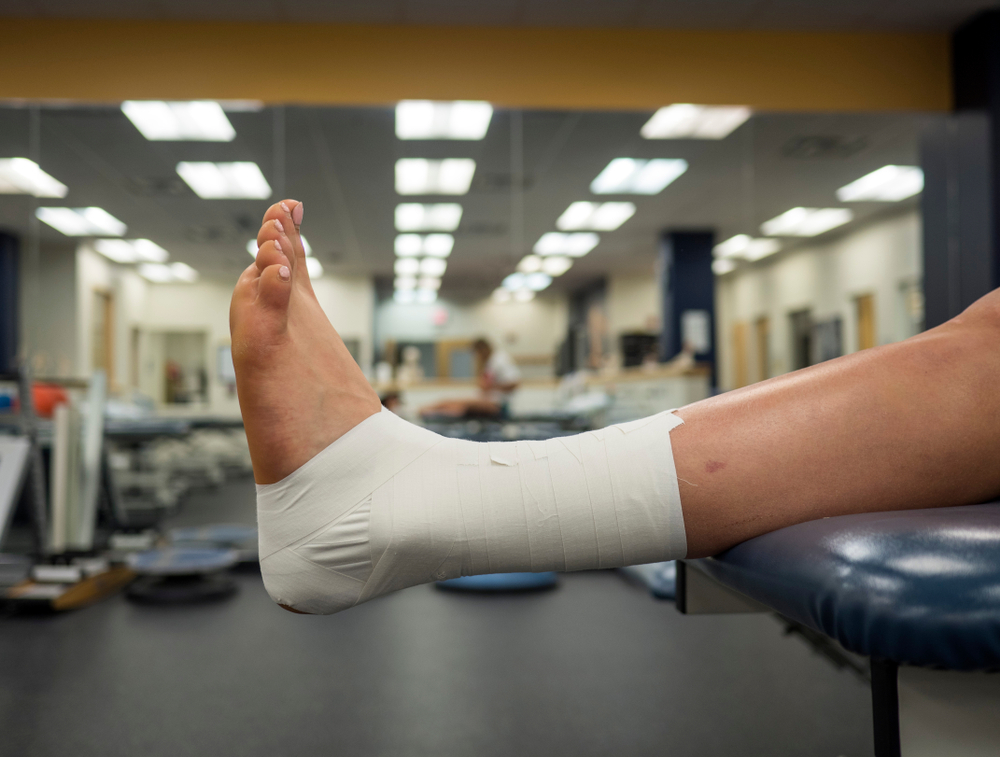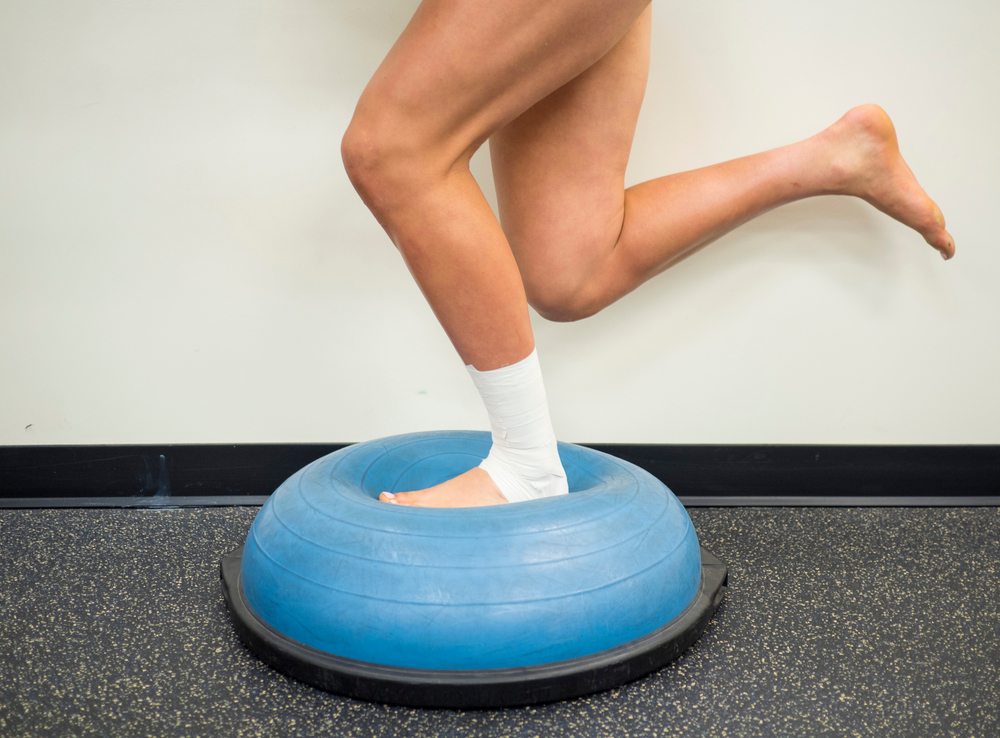Physiotherapy for Ankle Pain


Types of Ankle Injuries
Common injuries to the ankle can be divided into two main categories:
1. Acute injuries that happen suddenly such as a ligament sprain (rolled/twisted ankle) or broken ankle.
2. Overuse injuries which will usually develop over time such as Achilles tendinitis (or tendinopathy) or tibialis posterior tendinopathy.

Early Management of Acute Ankle Injuries
Early management of acute injuries is very important. First, ensure there are no broken bones. A physiotherapist or doctor can assess the need for an x-ray to detect any fractures and this should be done as a matter of priority. It’s also a good idea to stop running or playing sport on the ankle until it has had a chance to heal. Ice, compression and elevation are initially effective ways to help with pain.
Rehabilitation of Ankle Injuries
A rehabilitation program that includes strength, joint range of motion and balance/proprioception, is key to ensuring a good recovery and to prevent any long-term impairments. Research has shown that once injured, an ankle is prone to further injury, unless a comprehensive rehabilitation program is undertaken. Physiotherapists are the most well-placed practitioners to provide this treatment and ensure you’re able to return comfortably to daily activities or sport.


Chronic Ankle Injuries
Overuse ankle injuries will usually develop slowly and may be related to starting a new sport or a suddenly increasing your activity level. These injuries can occur because your body is not quite strong enough for the new level of activity it has undertaken. The most common overuse injury is Achilles tendonitis, which is a tendon irritation at the back of the ankle (read more about Achilles tendonitis in our calf and heel pain section). Another common chronic ankle problem is arthritis in the joint, which usually improves well with specific physiotherapy treatment to restore normal movement and strength.
Get Active!
For more, visit our Frequently Asked Questions page.
If you would like to ask a question about our services or anything else, visit our Contact Us page to get in touch.
If you are ready to make an appointment, visit our make a booking page and let us help you with your fitness or recovery.

